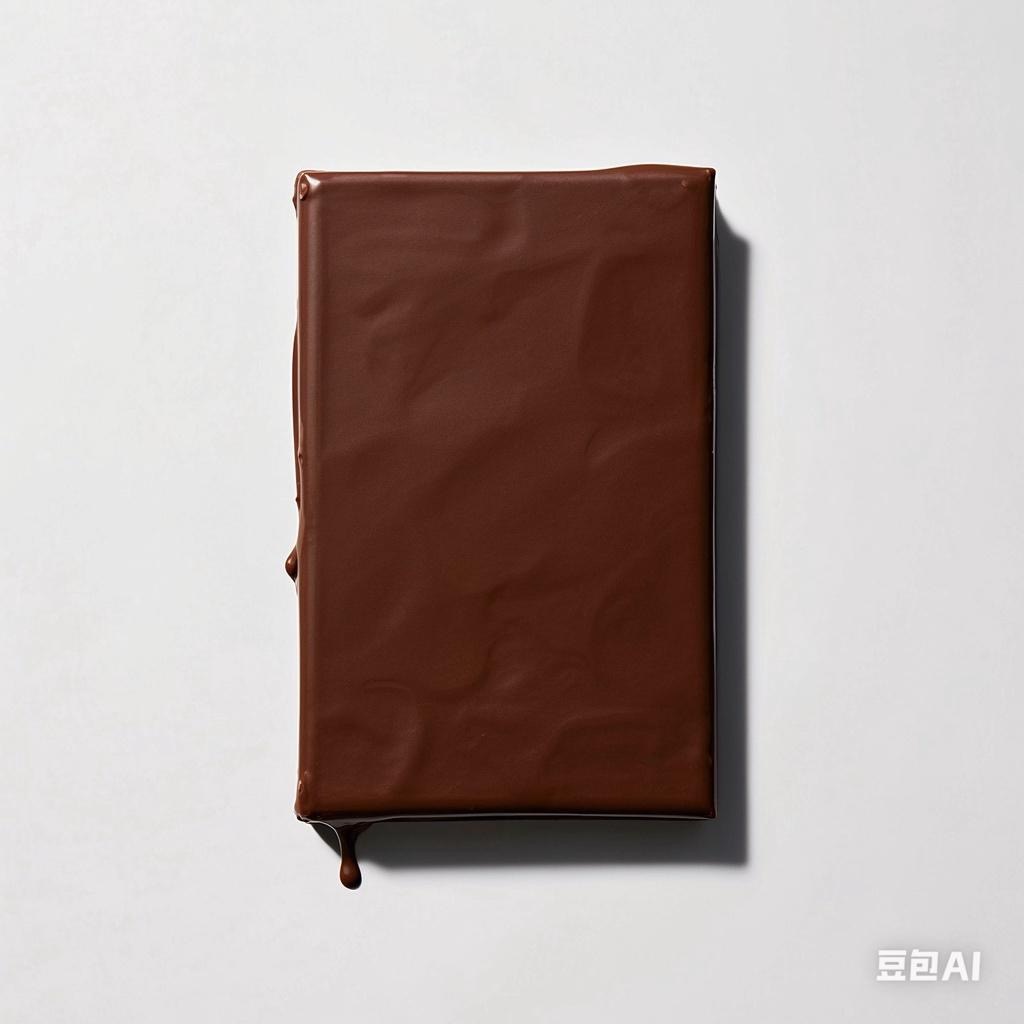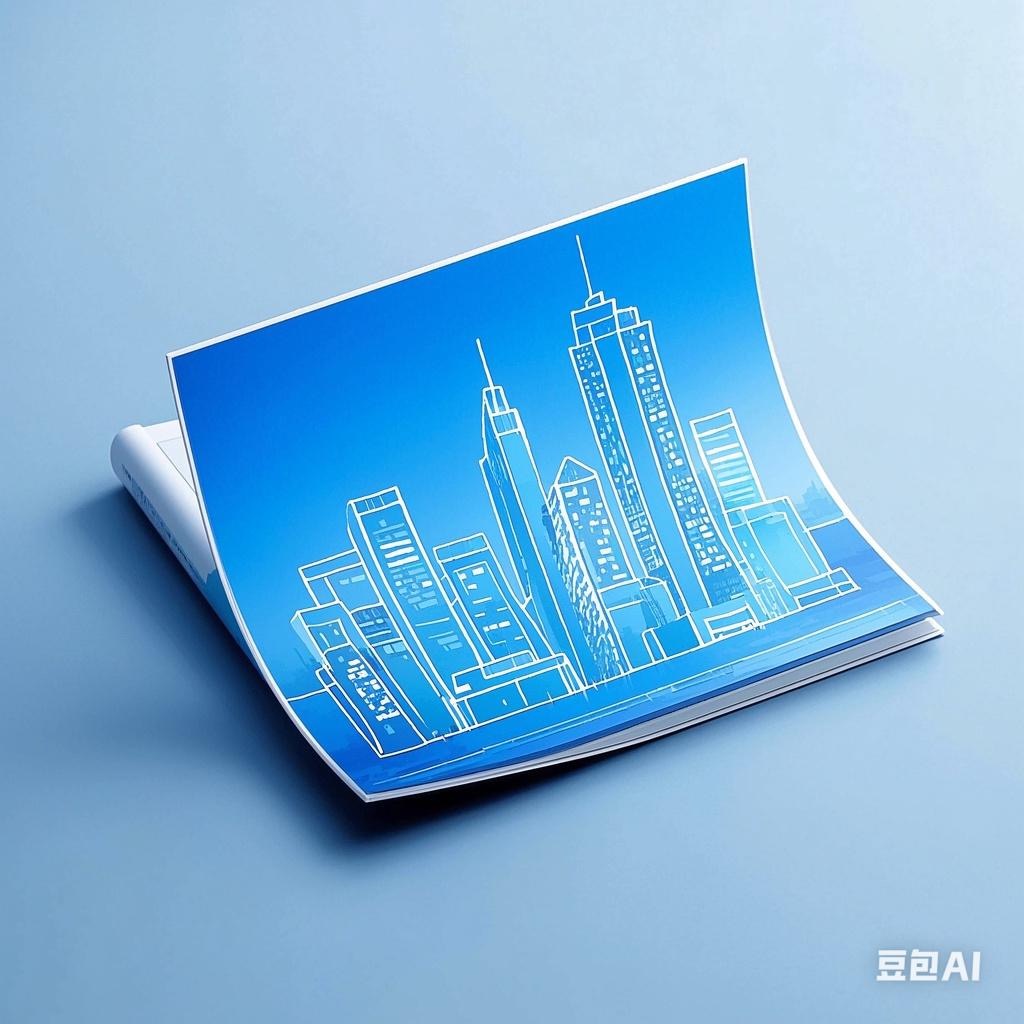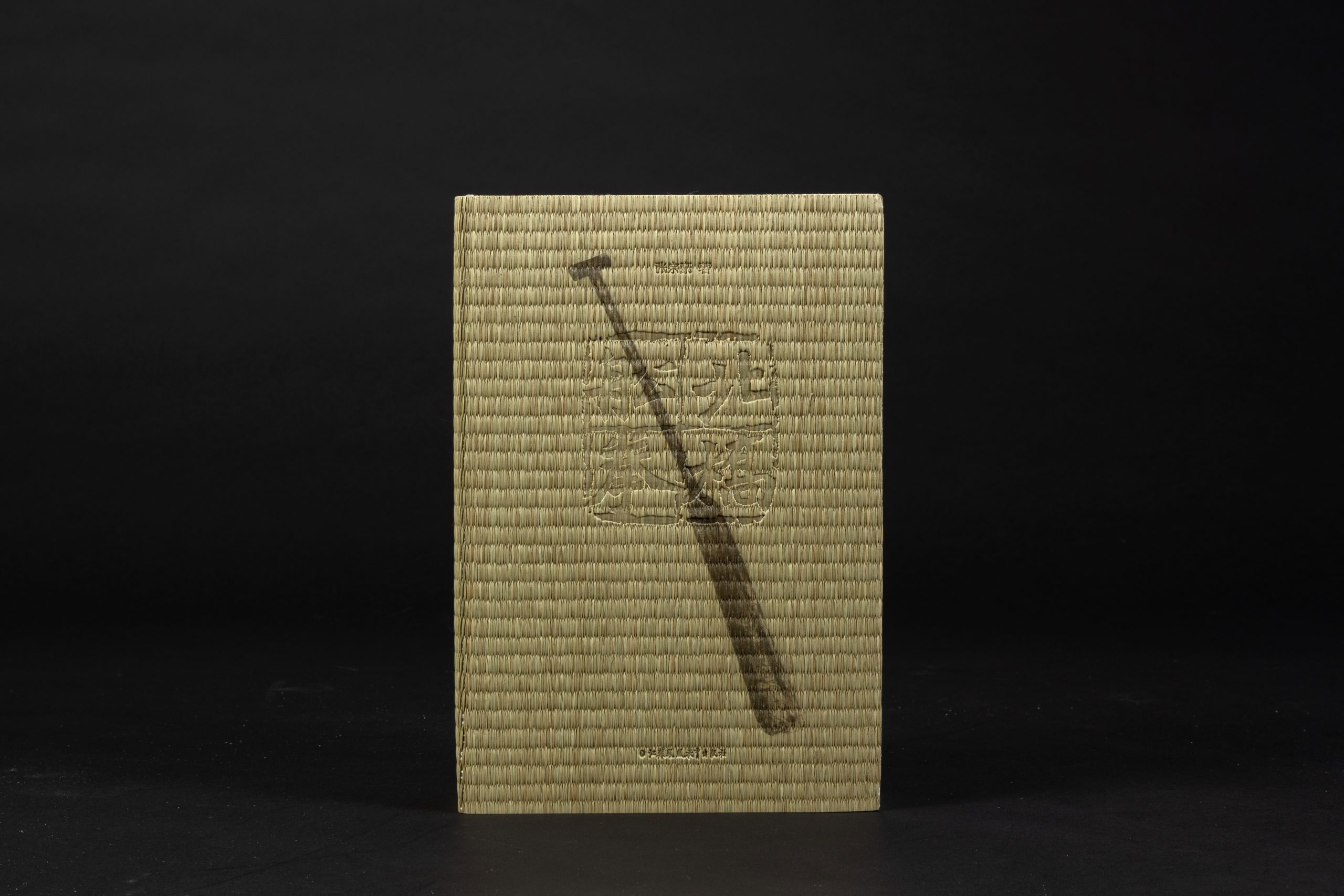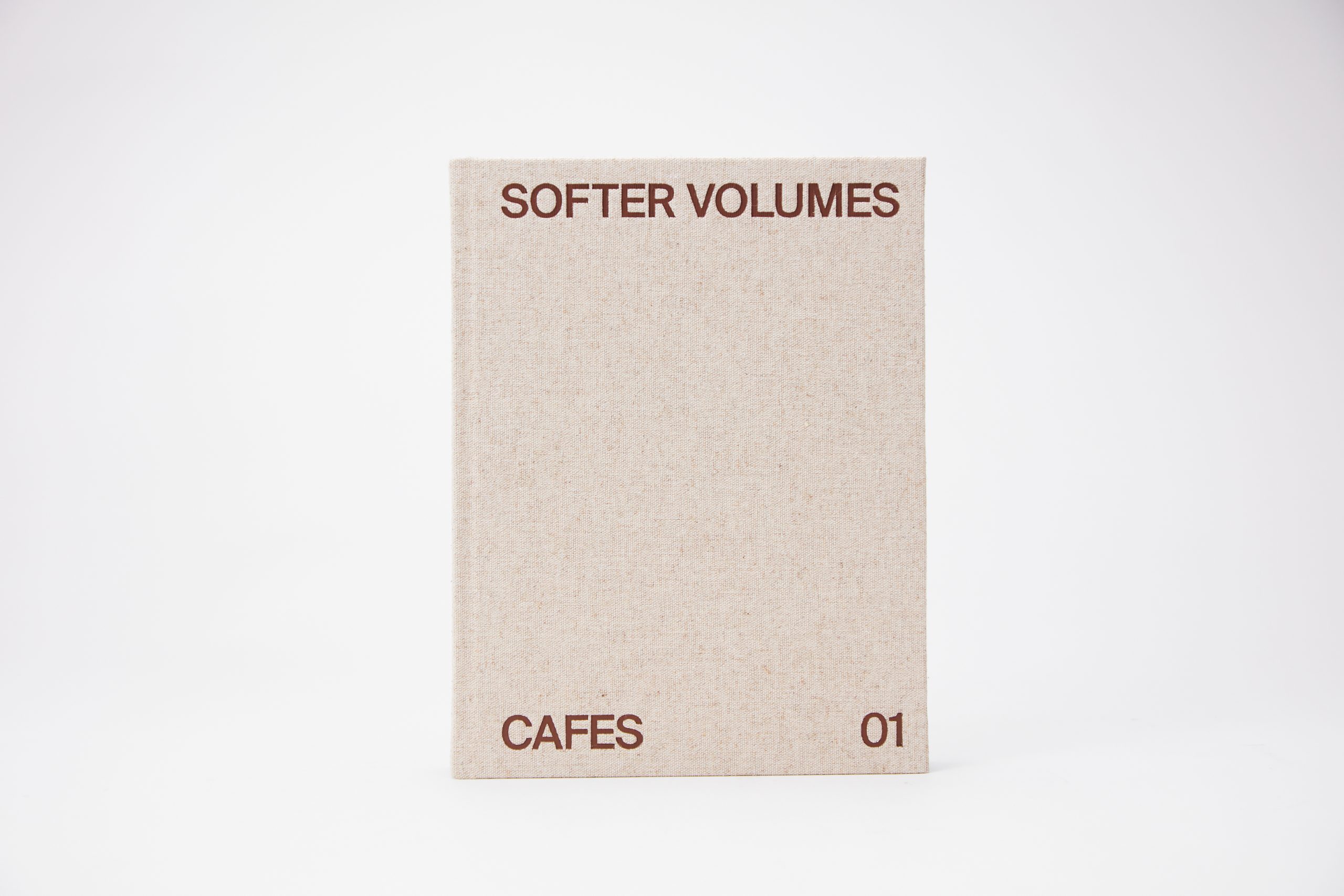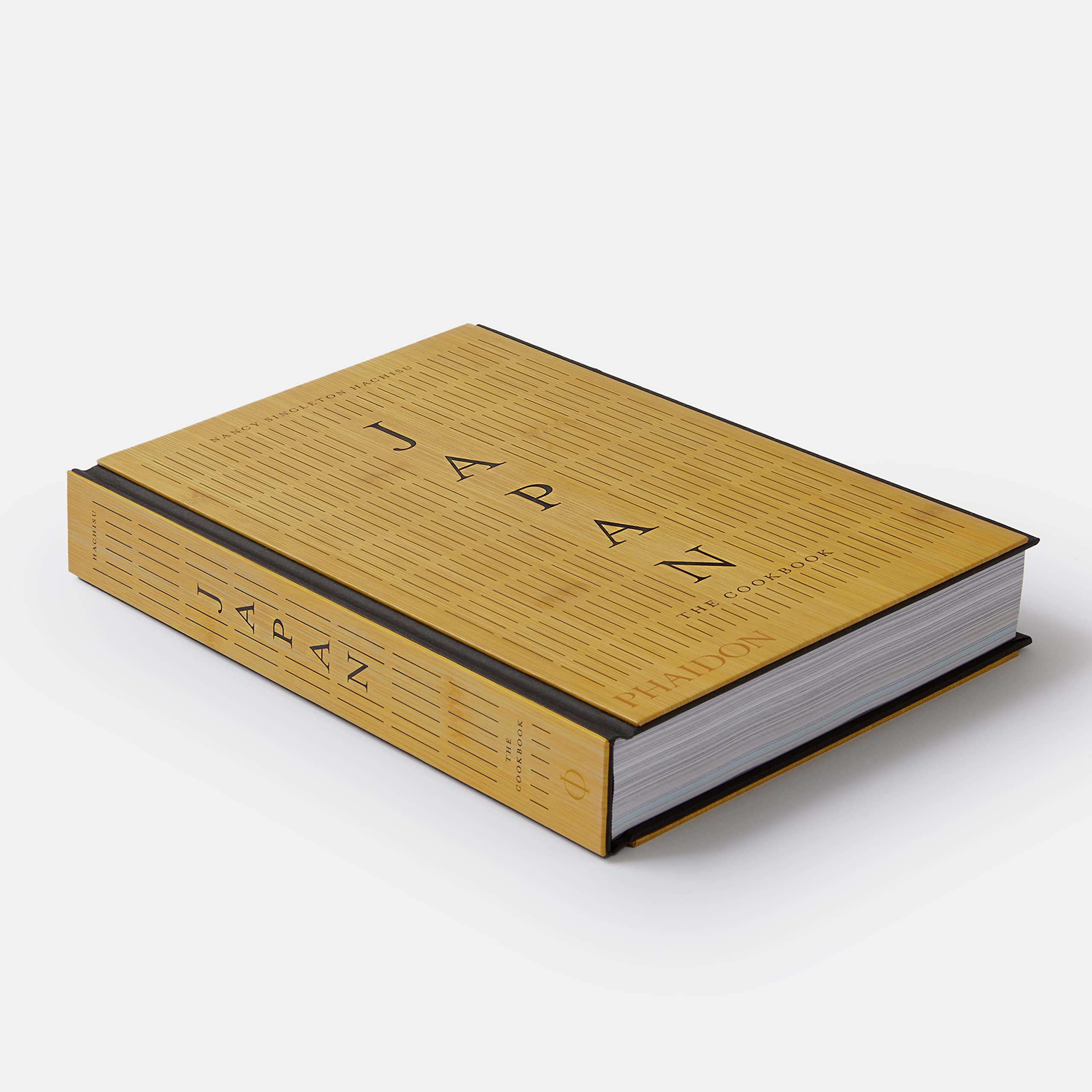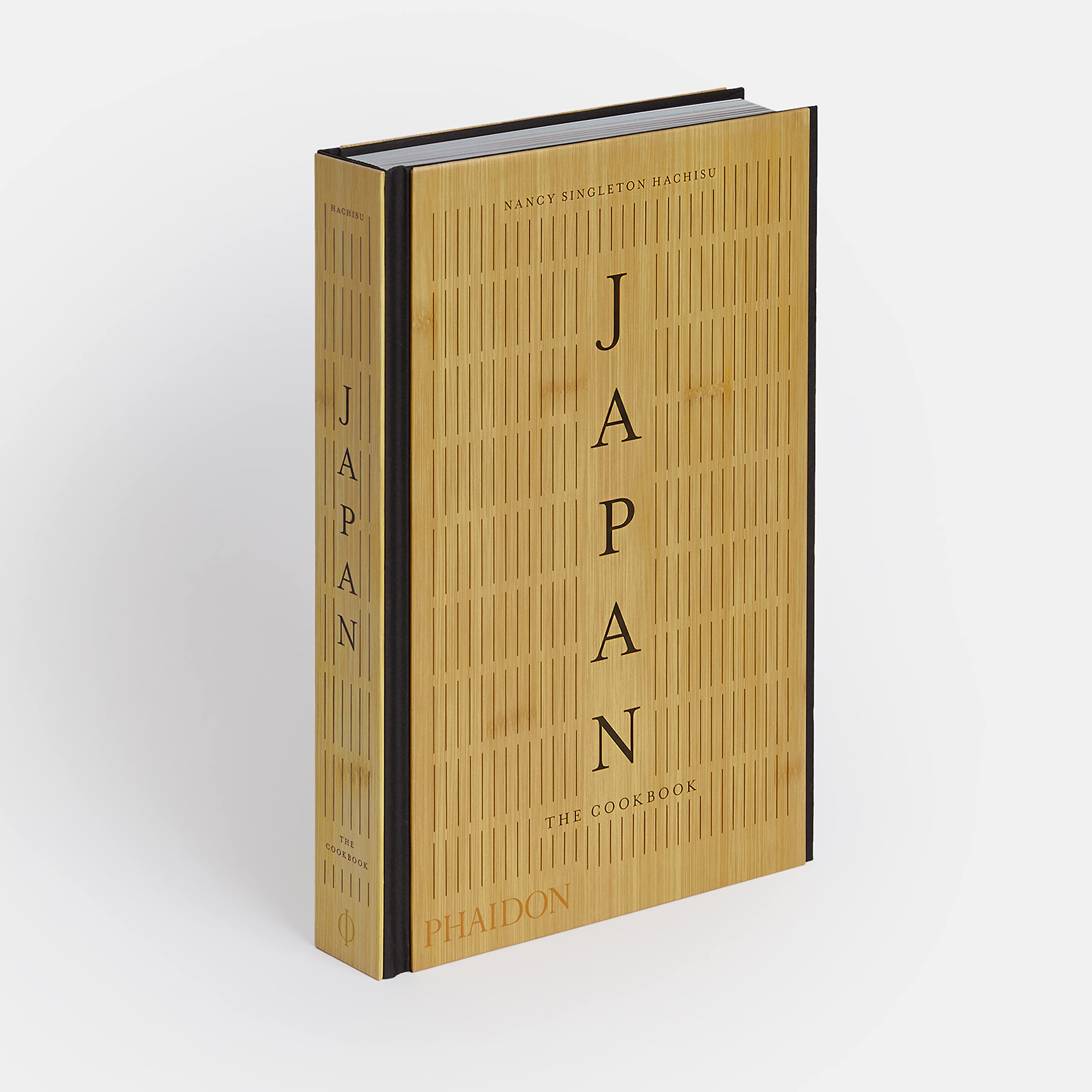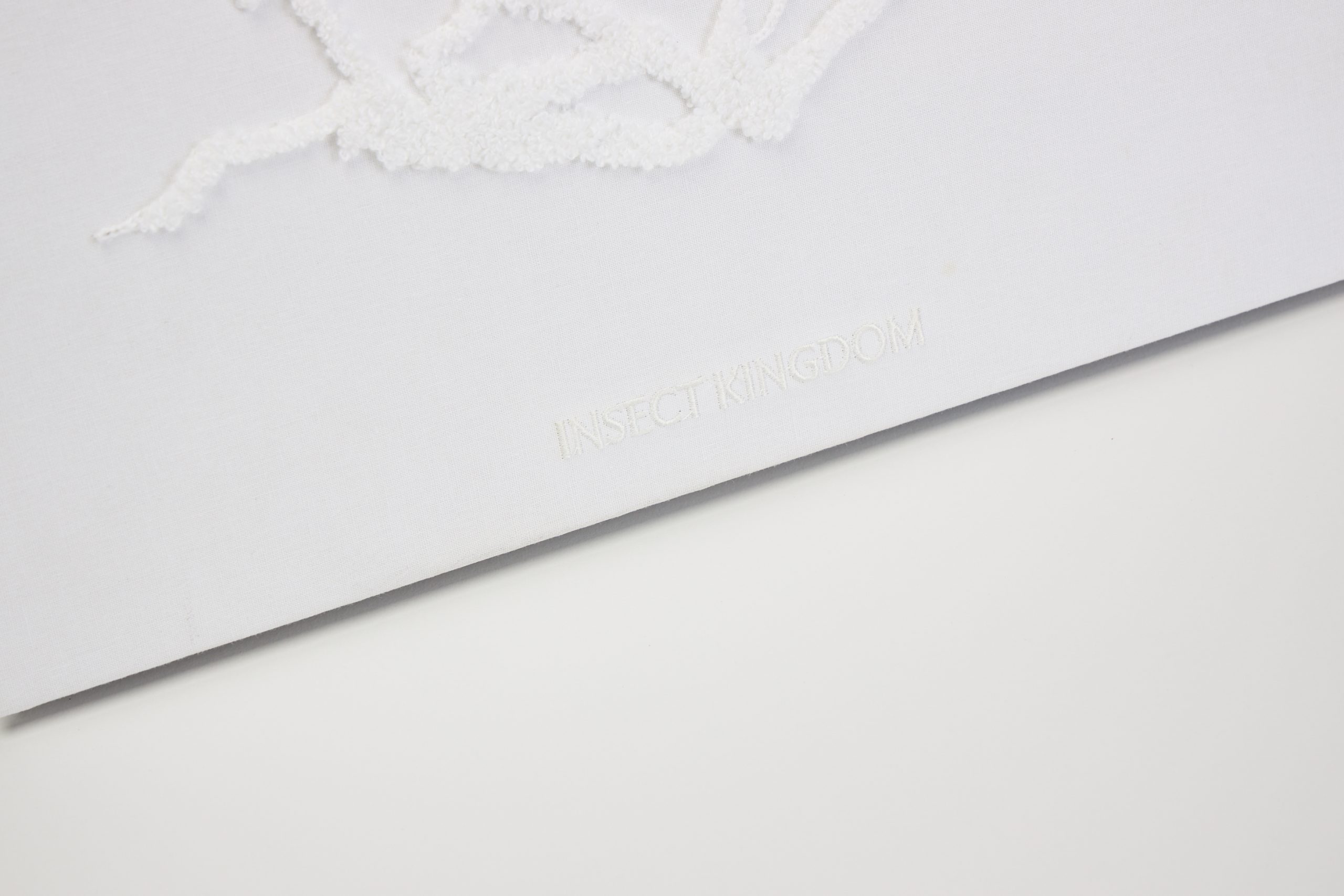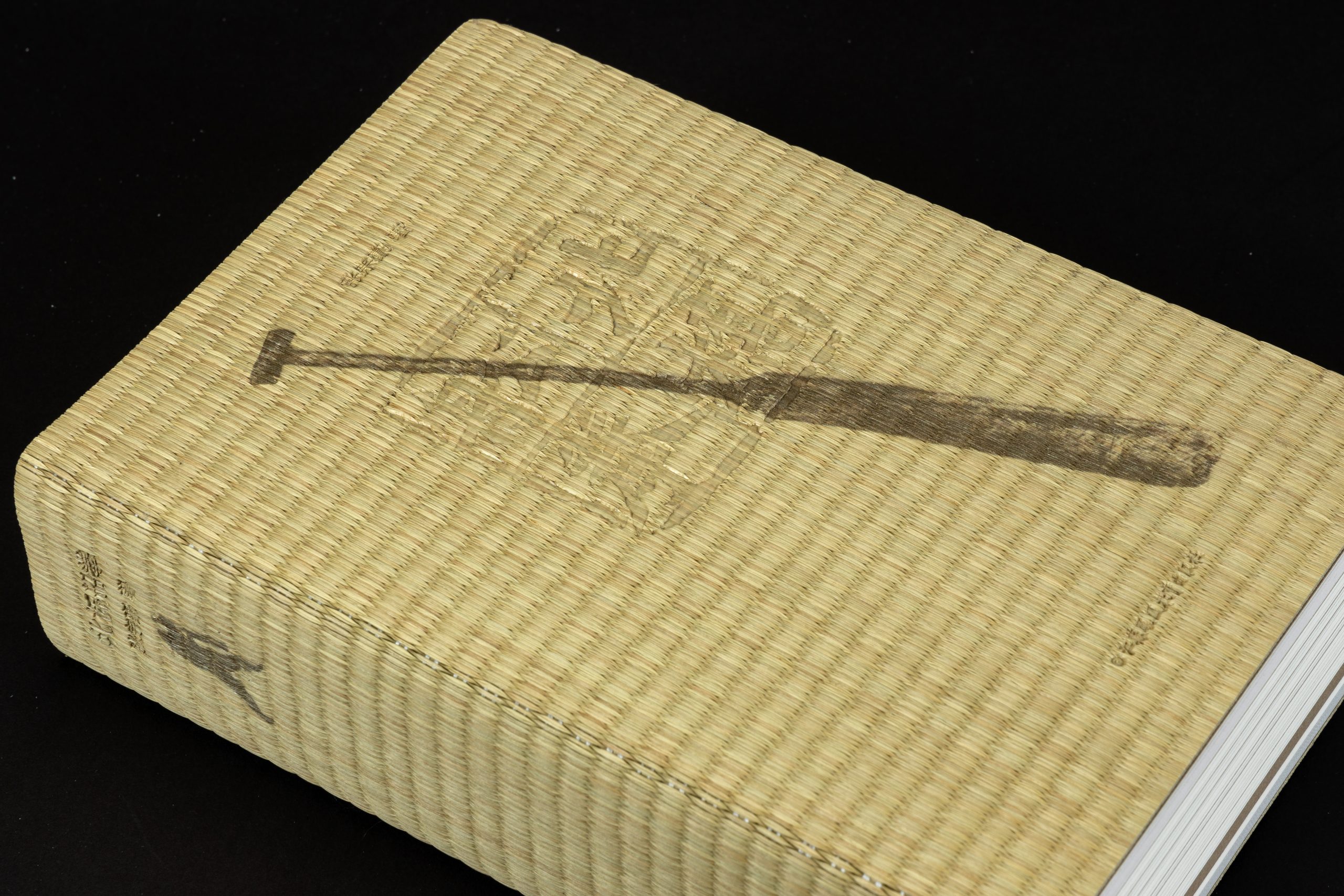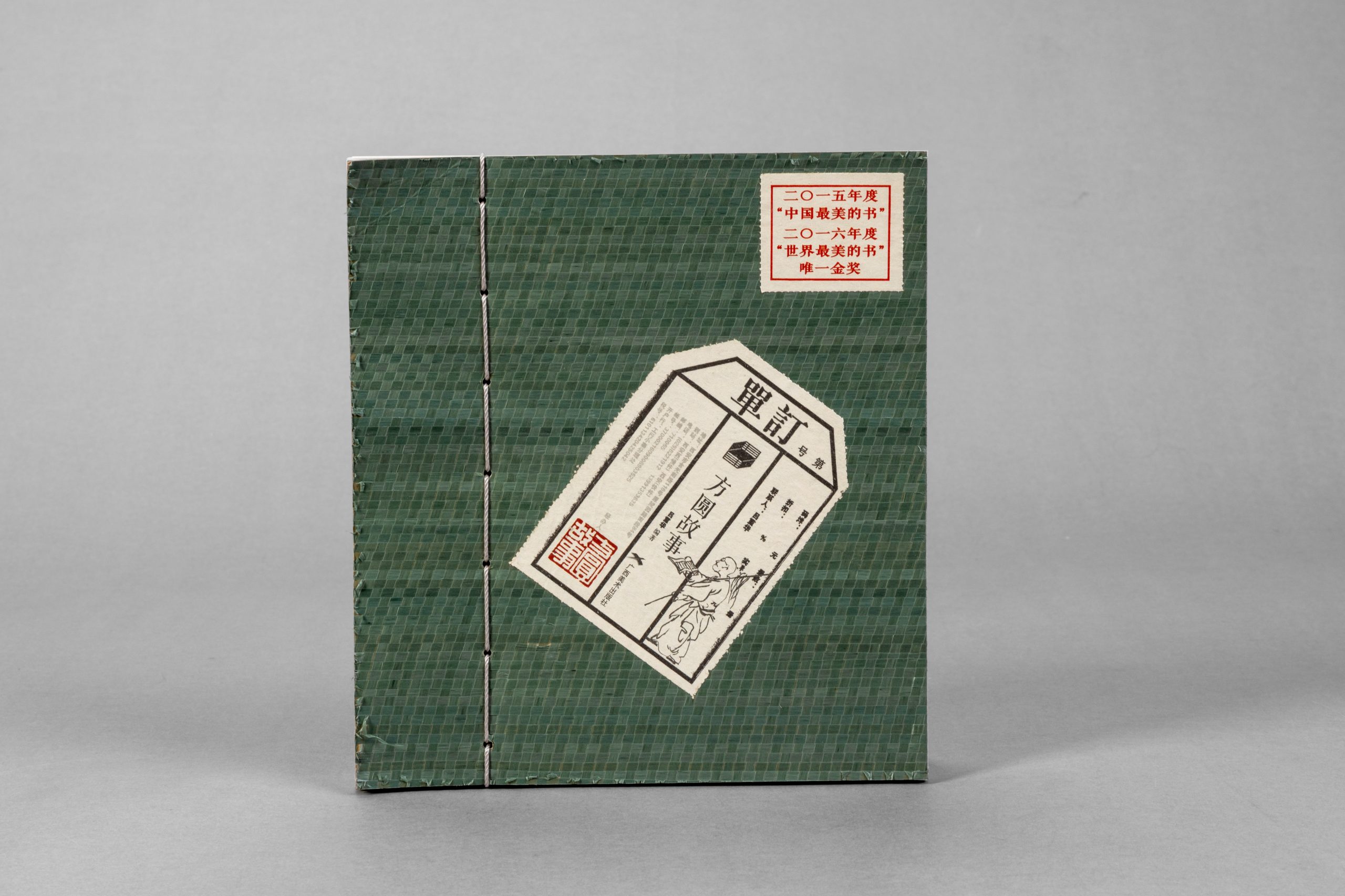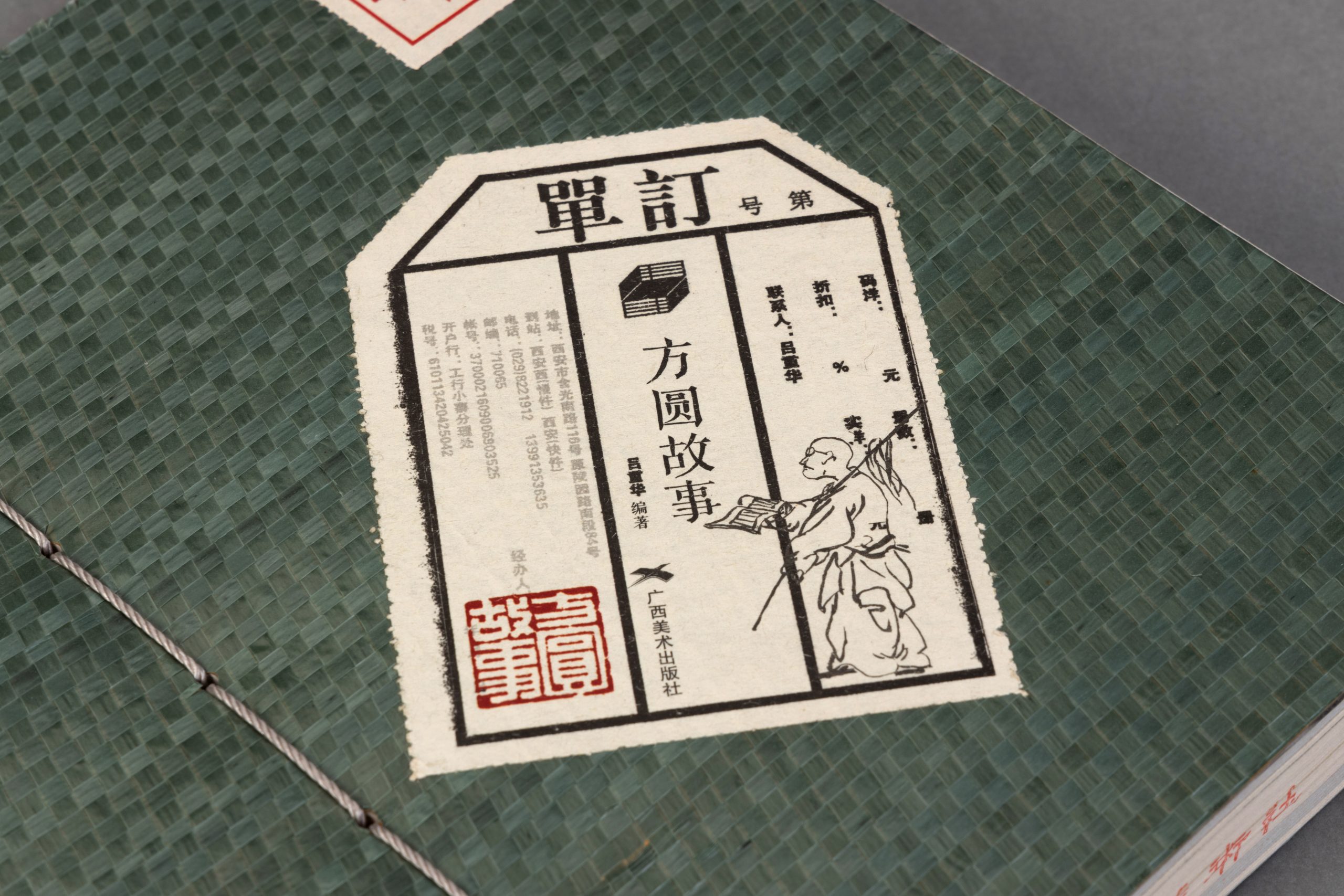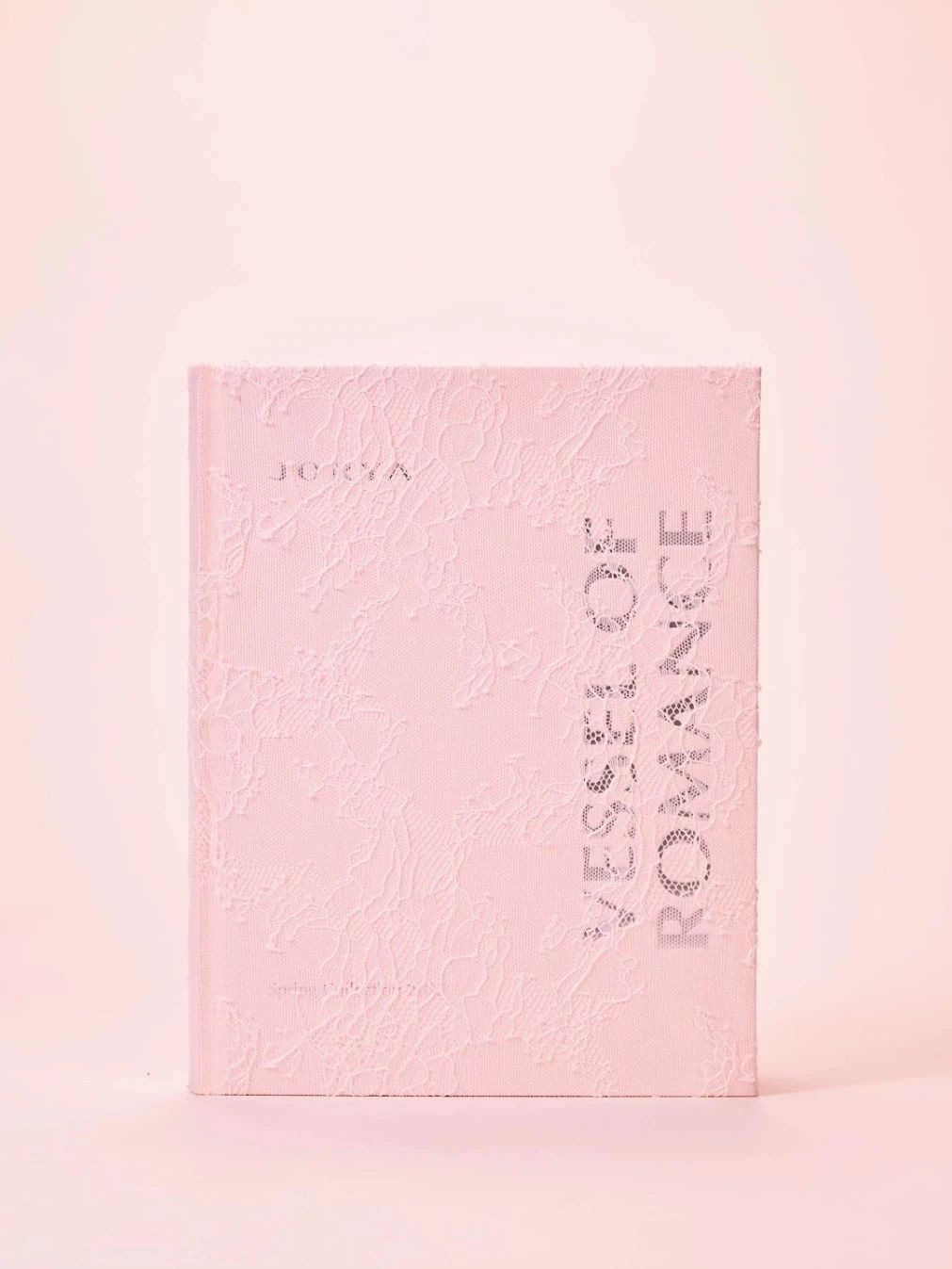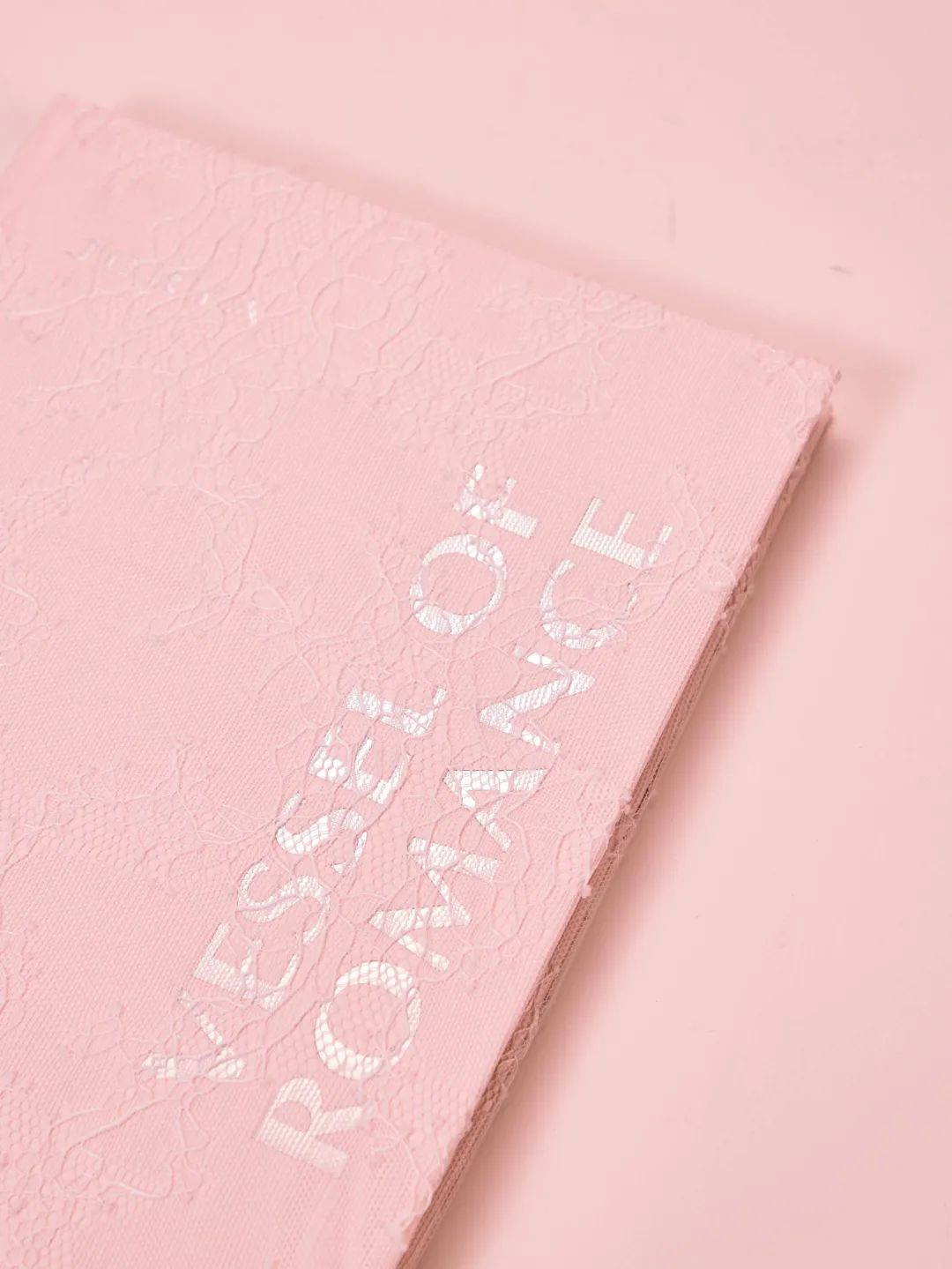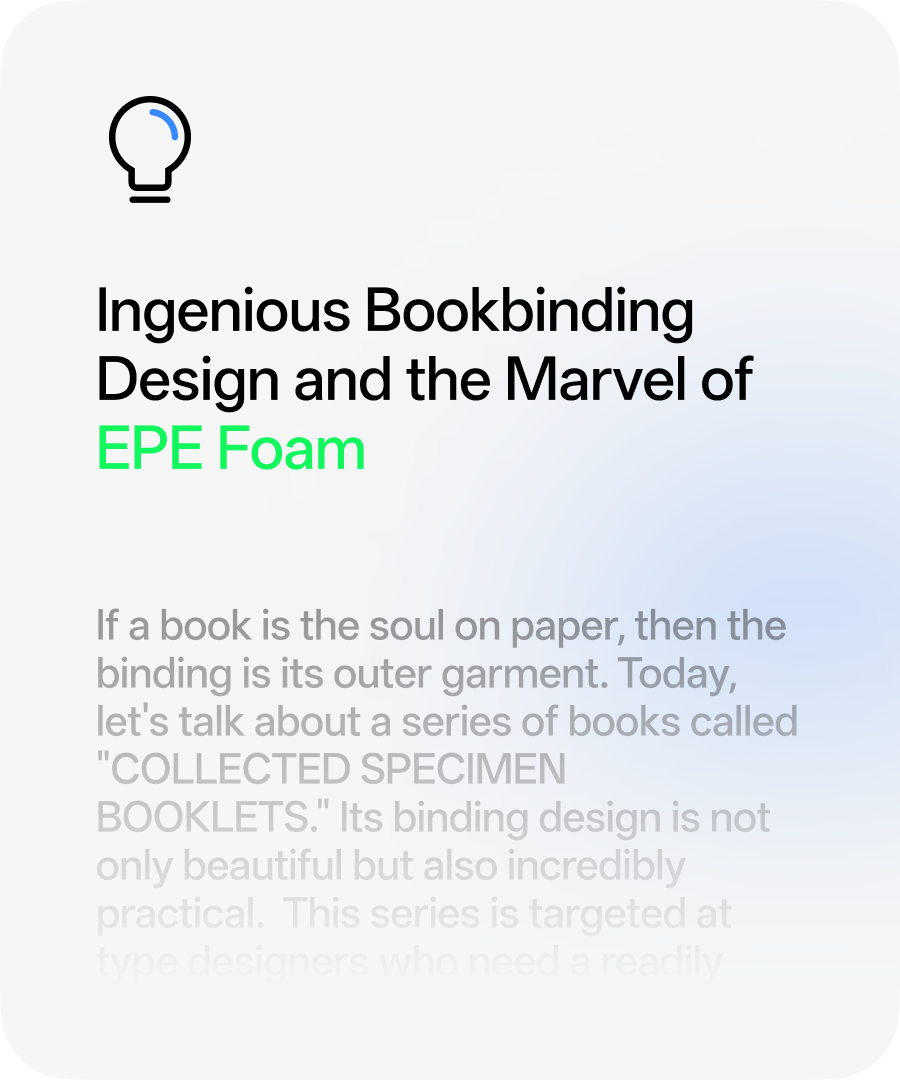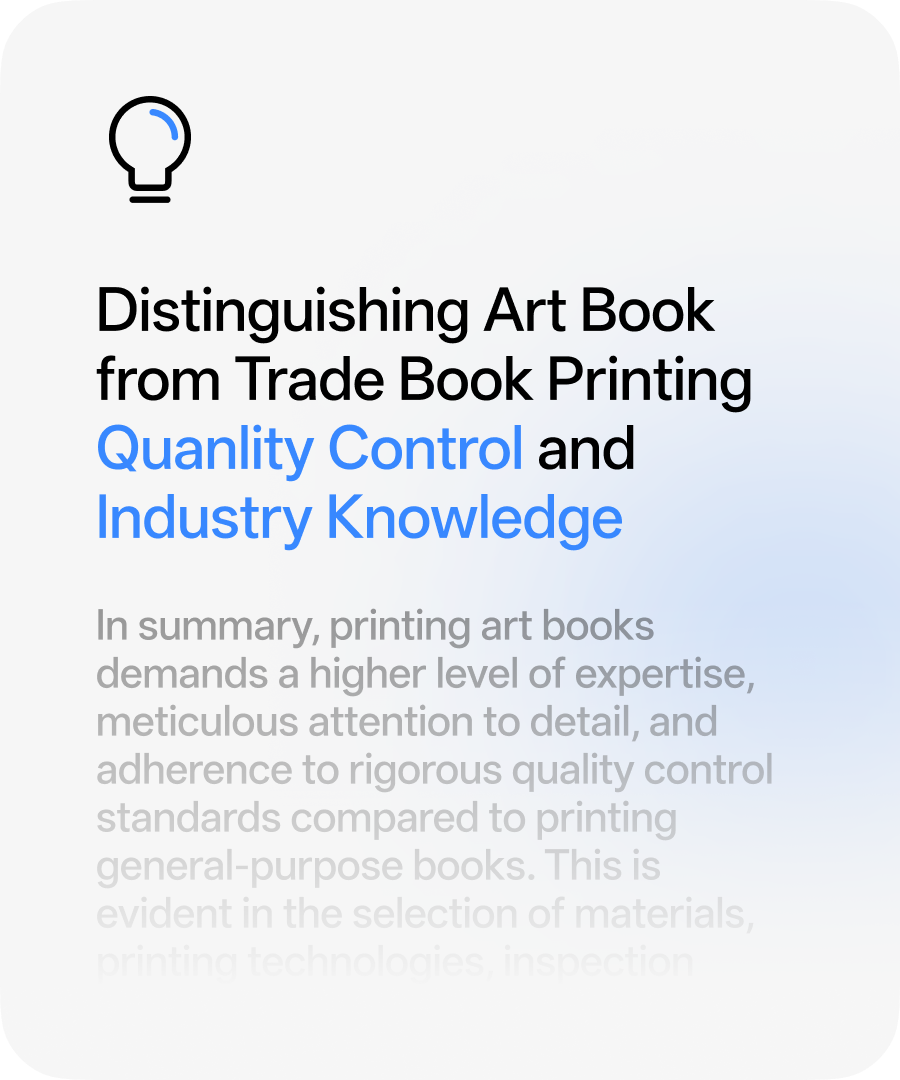When Books Wear Haute Couture:
8 Mind-Blowing Special Material Cover Designs
From Lace to Straw Mats, See How the Publishing World Uses Material Magic to Break the Boundaries of Reading
According to the analysis in the 'Study on the Compositional Elements of Upcoming Book Covers and Readers' Purchase Intentions,' the key elements of book covers—including design style, author reputation, publishing house brand, and content summary—significantly impact readers' cognitive experience and purchasing decisions. For art books, in particular, binding design is especially important, and the use of innovative materials can lend the books a unique sensory appeal.
As a professional service provider in the field of art book printing, Artron has created numerous book covers with unconventional and specialized materials. These works redefine people's imagination of books and challenge the boundaries of traditional binding from multiple dimensions, including tactile texture, olfactory experience, and visual cognition.
Why can a simple straw mat or a piece of wool felt upgrade a reader's sensory experience?
Part 1: The Material Revolution: A Five-Sense Breakthrough for Book Covers
● The Touch Economy: The Warmth of Wool Felt/Coarse Cloth (WOMEN IN ARTS, SOFTER VOLUMES CAFE Cases)
Wool felt covers evoke fingertip memories with their fluffy softness, like touching a warm knitted sweater, giving books a rustic, handcrafted warmth. Coarse cloth texture covers convey an original texture through their rough, natural grain, reminiscent of linen aprons or canvas backpacks, creating a back-to-basics reading atmosphere.
● The Olfactory Surprise: The Natural Fragrance of Bamboo
This cookbook's cover uses a special process to replicate the texture of bamboo panels, not only awakening the brain's perception of Japanese aesthetics through visual-tactile synesthesia—vertical bamboo grain activates the visual memory of "wabi-sabi simplicity," and the uneven texture triggers embodied cognition of cool bamboo in the fingertips.
This multi-sensory design of "visual texture + tactile coolness" precisely mobilizes the brain's insula and fusiform gyrus neural clusters, allowing people to associate with the freshness of sashimi, the fragrance of bamboo steamer dishes, and even the rustling bamboo wind in Kyoto gardens before turning the pages—using cognitive science to realize the most subtle spirit of Japanese cuisine.
● Function Extension:
Plastic Book Cover Transforms into Swimming Bag
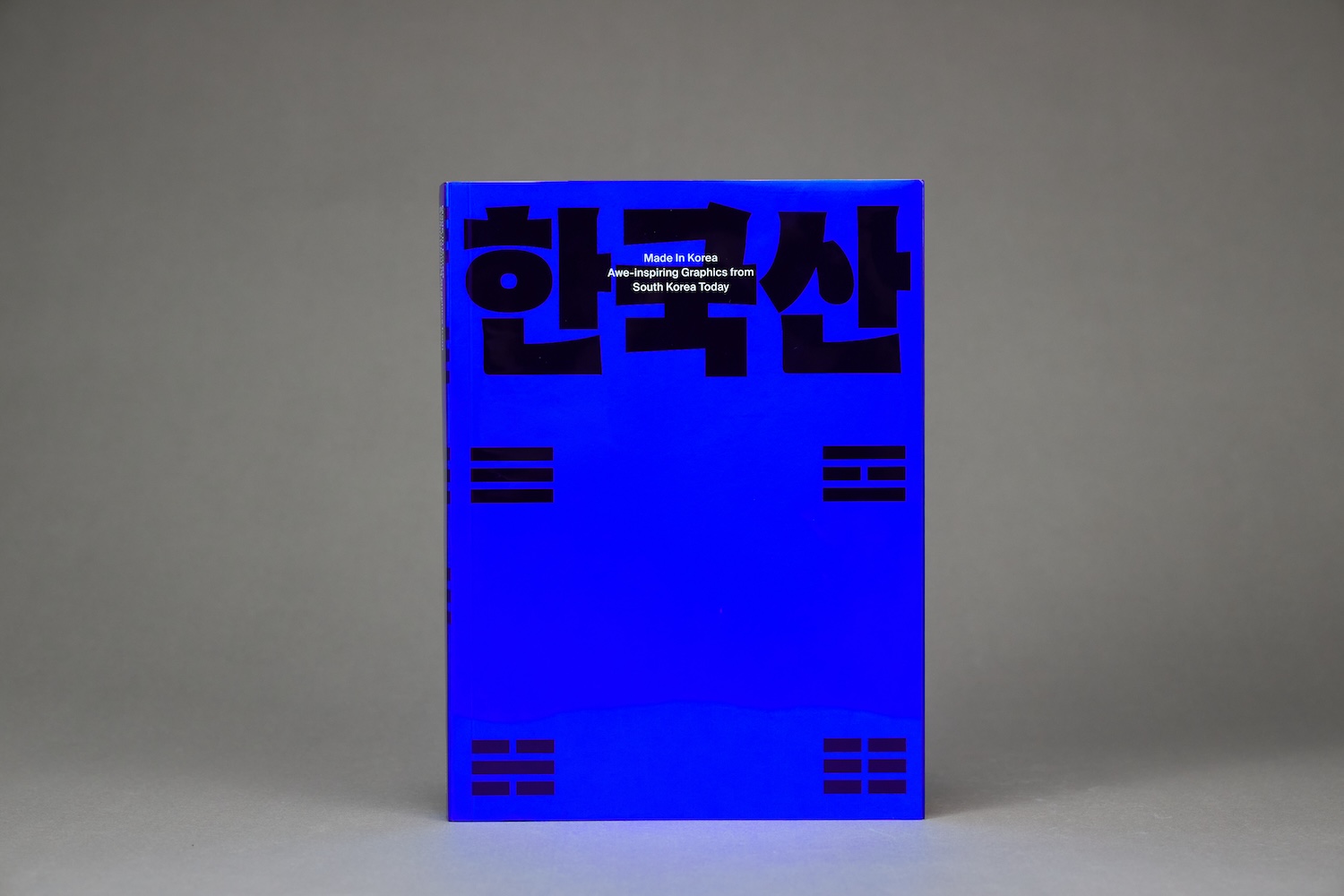
Part 2:
Design Philosophy-Material as Content
● Cultural Translation:
"Northern Bridge Boat Fist" is a book about the classic routines of boat fist martial arts, filled with originality and uniqueness.
The book begins with the history of boat fist, with a clear structure, distinct layers of text and images, and a very clear reading rhythm.
The book is accompanied by more than 1,600 images, showing the visual changes and charm of the narrative.
Elements such as fishing nets and oars appear frequently in the images, full of Jiangnan (regions south of the Yangtze River) artistic charm.
The line drawing illustrations are exquisitely simple and give a feeling of a martial arts "secret manual".
The cover design is very distinctive, using reed mat material, with a rush of reed fragrance. This material complements the text content, greatly enhancing the humanistic connotation and reading warmth of this intangible cultural heritage book.
● Ironic Narrative: The Metaphor of Woven Plastic Bag Material for "Knowledge Packaging"
"Fang Yuan - The Story of Orders," as the winner of the 2016 "Most Beautiful Book in the World" Gold Award, subverted the aesthetic paradigm of traditional books with its almost rebellious binding design.
Yet, it grew the softest poetry in its rough physical form, becoming the most surprising niche reading material in recent years.
The book uses a packaging film with the texture of a plastic woven bag as the cover, plastic thread as thick as toothpicks for binding, and yellowish newsprint for the inner pages, which at first glance looks like a dusty inventory list in a warehouse corner.
This anti-exquisite design precisely constitutes a satire on consumerist aesthetics - when books are reduced to "commodities" for full reduction discounts on e-commerce platforms, "Fang Yuan" uses the rough materials of the industrial age to restore books to containers carrying stories.
● Consumer Symbol: Luxury Reading Scene Shaped by Haute Couture Lace Cover
JORYA's clothing design concept is to depict the aesthetic of female lines and show the beauty of female rhythm by integrating classic design elements such as lace, floral yarn, beading, and bows.
The choice of lace material on the cover of the brand's haute couture catalog not only demonstrates its own design concept, but also brings a leap-forward experience to the book cover.
Conclusion:
N Possibilities for Future Book Covers
When book covers break free from the shackles of paper, reading is no longer limited to the interaction of vision and thought.Edible covers turn words into a feast of taste, such as using edible chocolate as a book cover to reflect the philosophy of "read and burn," allowing knowledge to melt on the tip of the tongue.
Electronic display covers use TCL flexible display technology to break the static boundary, and dynamic covers can switch with scenes, update content in real time, and even become a dialogue window between readers and authors.
These subversive attempts are reshaping books from "information containers" into multi-dimensional cultural life forms that can be chewed, breathed, and grown.
Future book covers may ask us: are humans reading books, or are books reading humans?
